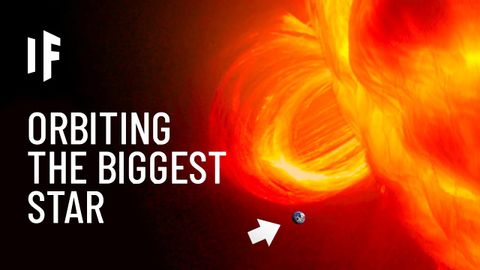もし地球が軌道に乗ったとしたら UY Scuti? (What If Earth Orbited UY Scuti?)
林宜悉 が 2021 年 01 月 14 日 に投稿  この条件に一致する単語はありません
この条件に一致する単語はありませんUS /pɚˈspɛktɪv/
・
UK /pə'spektɪv/
US /ɛnˈtaɪr/
・
UK /ɪn'taɪə(r)/
US /ˈkɑnˌsɛpt/
・
UK /'kɒnsept/
US /fɔrs, fors/
・
UK /fɔ:s/
- n.軍隊;力;強制;武力;影響力;勢い;警察
- v.t.強要する;こじ開ける;促成栽培する
エネルギーを使用
すべての単語を解除
発音・解説・フィルター機能を解除

